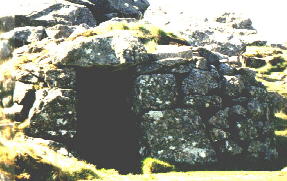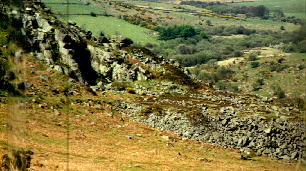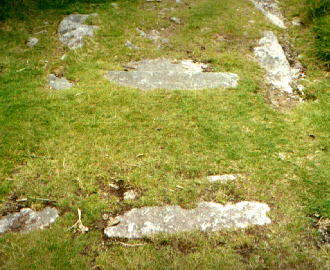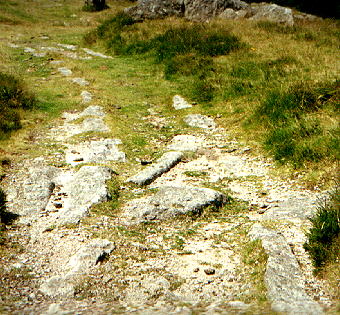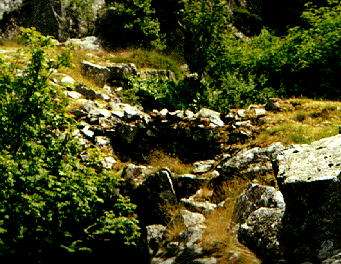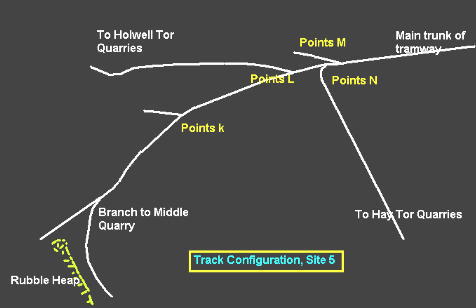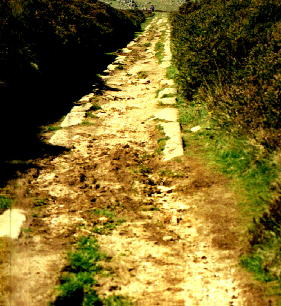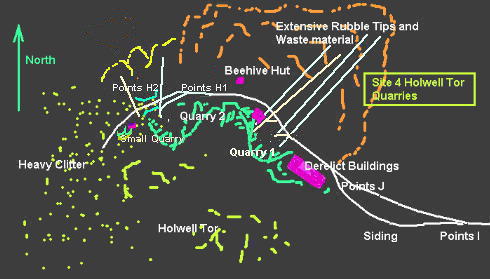
These quarries and those at Site 6, Hay Tor Quarries certainly appear to have been the most important quarries with Middle Quarry also being of prime importance. The other westerly quarries were under worked and obviously not as commercially viable. The branch leading to these Hollwell Tor quarries occurs at Points L, which can be viewed on the map for Site 5.
